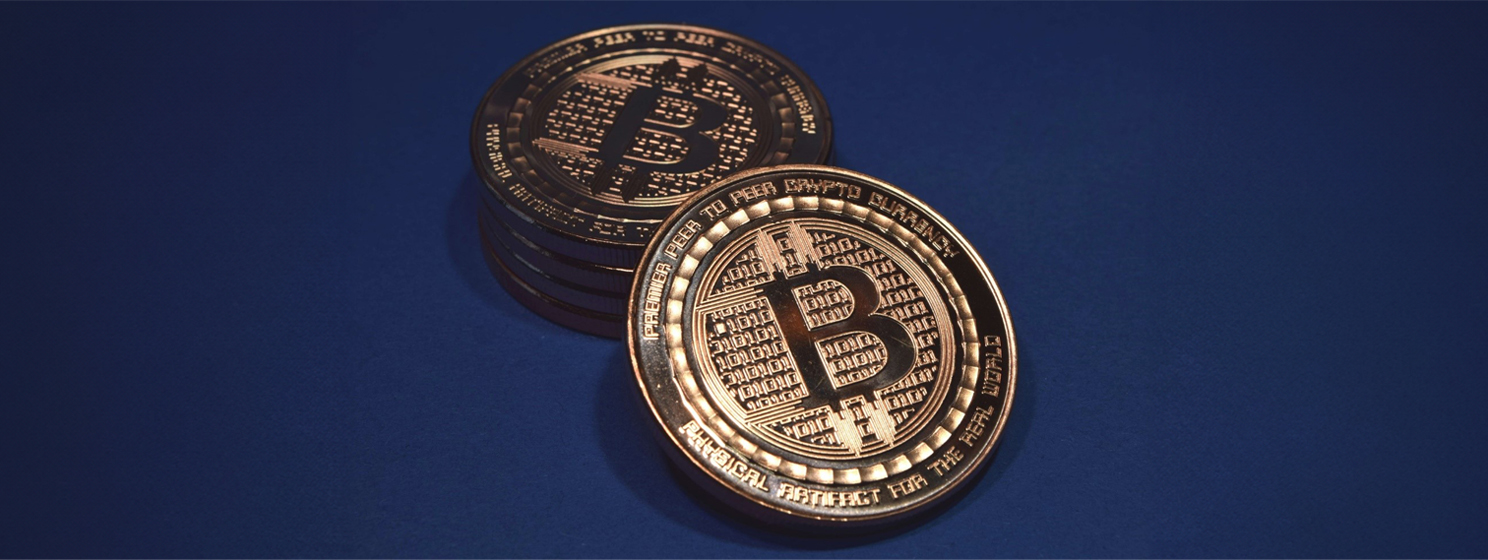The appeal of stablecoins is stronger than ever. Earlier this year, Ripple announced it was launching a stablecoin despite being embroiled in a multi-billion dollar lawsuit with the Securities and Exchange Commission (SEC). Last year, PayPal (NASDAQ: PYPL) launched the PYUSD stablecoin, which is now worth about $722 million. Now, Revolut, Europe’s largest fintech company, is entering this lucrative space to compete with Tether and Circle.
Meanwhile, DZ Bank, Germany’s second-largest lender, will begin offering digital asset trading services to its customers this week, amid another busy period for the sector as Louisiana embraces digital asset payments.
Europe’s New Stablecoin and Digital Asset Banking
Revolut has been interested in digital assets for several years. The London-based neobank obtained a license from the UK’s Financial Conduct Authority to provide digital asset services in September 2022. It has since expanded its services to other jurisdictions, but has had to limit its services due to conflicts with regulators in some jurisdictions, including the US.
According to a source familiar with the plans, Revolut is now planning to launch a stablecoin. The company has been working on this plan for some time and could launch the token as soon as next year.
Revolut has not confirmed any stablecoin plans, but a spokesperson said the company is always working to provide a better service.
“Cryptocurrencies are a huge part of our belief in borderless banking, and we have a clear mission to be the safest and most accessible crypto asset service provider,” he told the outlet.
Revolut has been offering digital asset trading services to its users, and in May it launched the Revolut X exchange for professional traders. This made it the first regulated bank to offer a standalone ‘cryptocurrency’ trading platform, and it obtained a banking license in July.
With stablecoins, the $45 billion neobank will enter a completely new business segment. Stablecoins currently have a market cap of $173 billion and a daily trading volume of over $50 billion, dominating the ‘cryptocurrency’ trading sector.
However, the sector is still dominated by two major issuers: Tether with USDT and Circle with USDC, who together account for 90% of the market. In fact, only DAI and First Digital USD have achieved a market cap of $1 billion after these two companies.
As Tether blatantly flouts financial laws (and in some cases, draws warnings from regulators), and authorities look to take action against it, other companies are jumping in as well.
The main motivation is the unlimited profits that the issuer can mint. In the first half of this year, Tether reported net income of $5.2 billion, a new record for the company. For context, since Q4 2022, Tether has reported $12.72 billion, which is 30% more than $10 trillion asset manager BlackRock.
Elsewhere, Germany’s DZ Bank will offer digital asset services to its 700 cooperative bank customers. DZ Bank is the second-largest lender in Germany, with cooperative bank customers managing more than €1.2 trillion.
DZ Bank will be partnering with Boerse Stuttgart Digital to offer cryptocurrency trading and custody solutions to its customers, leveraging a “regulated institutional cryptocurrency infrastructure solution.” It expects to connect some banks by the end of the year.
DZ joins fierce rival Commerzbank (NASDAQ: CRZBY) in announcing a partnership with Crypto Finance, a subsidiary of Germany’s largest stock exchange, Deutsche Borse, to provide digital asset trading services to corporate clients.
Louisiana to Accept Digital Payments
In the U.S., the state of Louisiana has announced a new service that will allow residents to pay with digital currency. State Treasurer John Fleming said the Louisiana Department of Wildlife and Fish is the first department to accept digital currency payments for fines.
“In today’s digital age, government systems must evolve and embrace new technologies. By introducing cryptocurrency as a payment option, we are not only innovating, but also providing citizens with flexibility and freedom in interacting with state services,” Fleming commented.
Louisiana joins the growing list of states supporting digital currency payments, with Ohio being the first to do so in 2019. But Ohio’s initiative collapsed a year later, with only 10 companies using it. Other states that have made similar moves include Florida, Colorado, and Utah.
Louisiana, like other states, will not accept the digital currency into its treasury. Instead, it has partnered with Bead Pay to convert the currency into fiat currency, which Fleming said protects the state from volatility. The move is in line with all other states, all of which have converted their digital currency into U.S. dollars, reducing the initiative to a gimmick and a public relations stunt.
Pay attention: Centi Franc – a truly stable stablecoin
title=”YouTube Video Player” frameborder=”0″ allow=”Accelerometer; Autoplay; Clipboard write; Encrypted media; Gyroscope; Picture-in-picture; Web sharing” referrerpolicy=”strict-origin-when-cross-origin” allowfullscreen=””>

